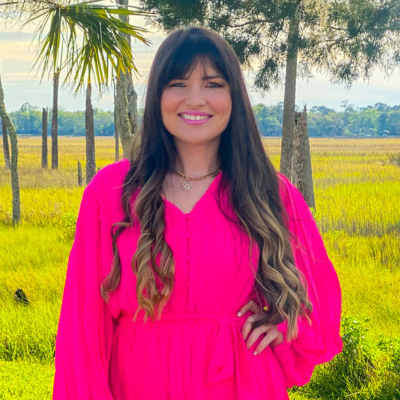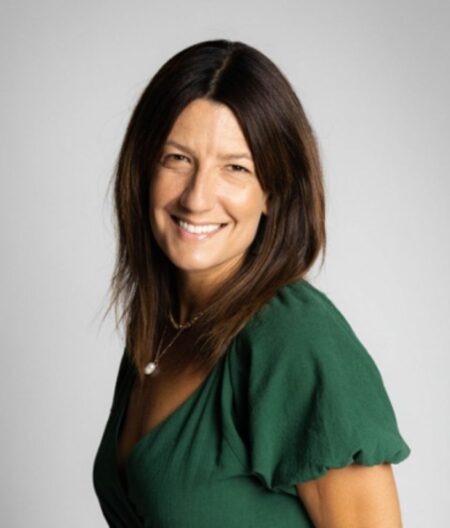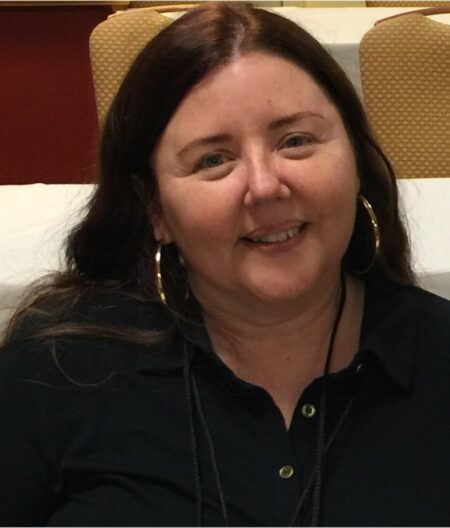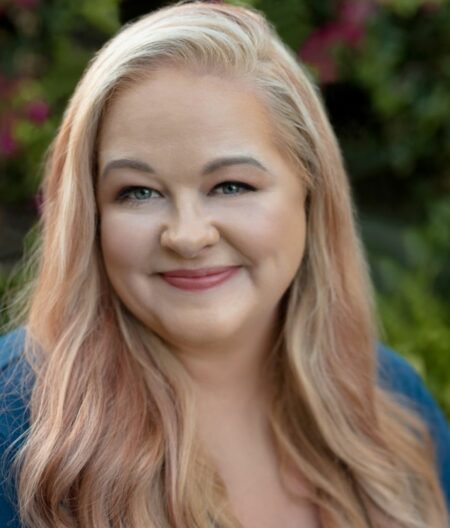Carley Fortune Every Summer After Interview is today, and can you tell I’m excited? I first saw this book a few months ago online and loved the cover! It made me curious about what this book is about, so I added it to my TBR. Now, before I give anything away, I will let Carley take over!
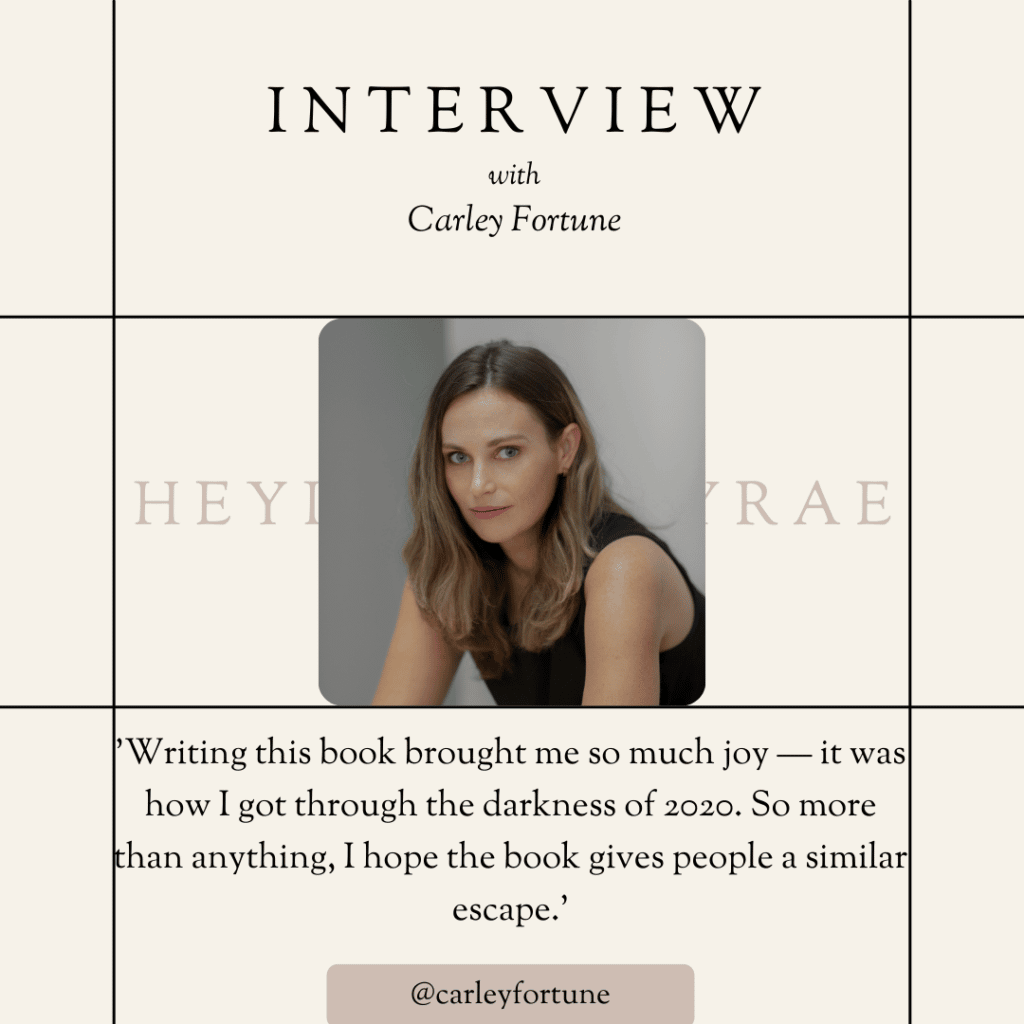
Carley! Welcome! You debut book, Every Summer After is officially a New York Times bestselling novel. Tell readers more about it!
Of course! Every Summer After is a sweeping love story about Percy and Sam, who meet as thirteen-year-olds when Percy’s family buys the cottage next door to Sam’s house on a lake in Barry’s Bay. They quickly form a tight bond, but as adults, they haven’t spoken in more than a decade. The book is told in alternating now and then timelines, going between six summers in the past, where we see them meet, become best friends, and fall in love, and one tumultuous weekend in the present when Percy receives a phone call that has her racing back to Barry’s Bay, and to Sam. The whole time you’re trying to figure out what it is that caused them to split apart and whether their love can survive their past mistakes.
This novel is told over the course of six summers. What inspired you to create a story told mostly during summertime?
I grew up in Barry’s Bay. Our house was down a dirt road in the middle of the bush and on the water. I spent my summers much like Percy and Sam — swimming, reading, and when I got older, working in the evenings at my parents’ restaurant. My parents sold the house about ten years ago, but in 2020, my husband, son, and I spent July and August at a cottage on a lake nearby. I had recently reread my teenage journals and was feeling very nostalgic for the summers of my youth. Writing the book let me escape back into that time.
Who was your favorite character to create?
Sam’s older brother, Charlie. From the first scene I wrote with Sam and Charlie, where Percy sees them messing around on their raft, I knew Charlie’s role was to be a constant thorn in Sam’s side, at least when they’re teenagers. Every time Charlie enters the room, he’s trying to provoke Sam and sometimes Percy, too. The thing about people who know how to get under your skin is that they’re extremely perceptive, tuned to the emotions of those around them, and that’s certainly the case with Charlie. While he’s a real pest when the characters are young, there’s more depth to him than you might first assume.
What’s your favorite ‘summer’ story within this novel?
Oh, that’s hard. But I do like it when Delilah, Percy’s closest city friend, gets thrown into the mix. There’s a scene during Percy’s second summer at the lake when the girls go out in the boat with Sam, Charlie, and a group of Charlie’s friends to watch the Canada Day fireworks from the water (something I did growing up). As Percy watches Sam and Delilah chat, she realizes that not only is Sam kinda cute but that she’s jealous. It’s such a pivotal turning point — and I love how oblivious Sam is to what’s going on in Percy’s head and that Delilah figures it out immediately.
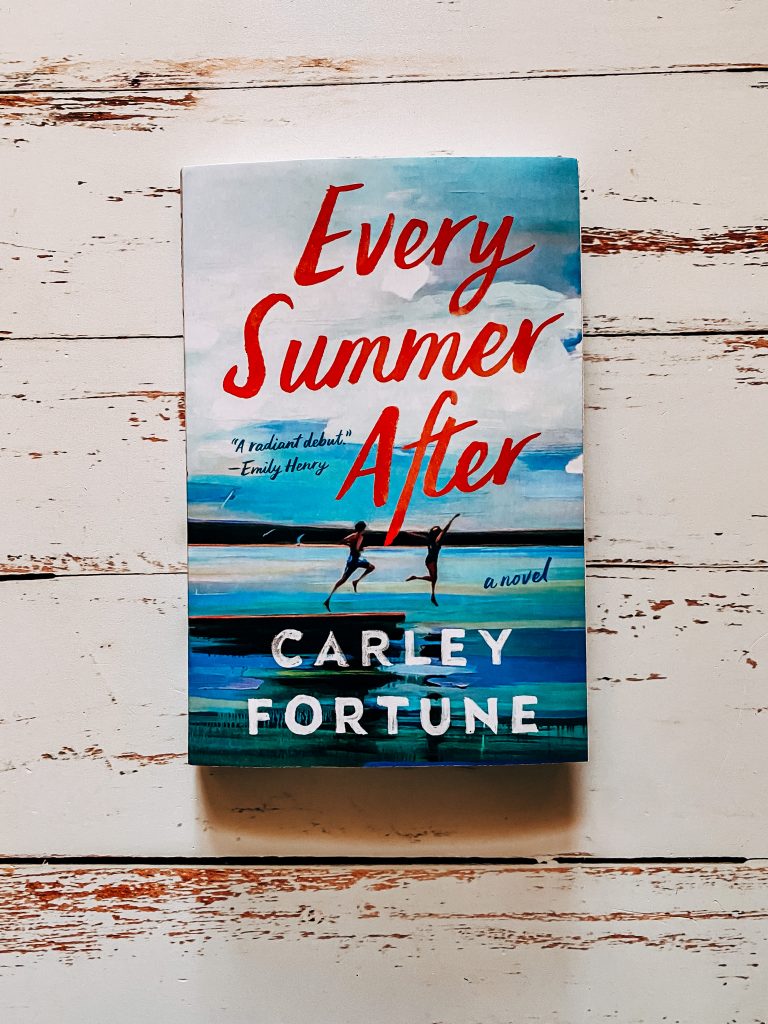
How long did it take you to write Every Summer After?
About four months. I started in mid-July of 2020, and my goal was to finish it by the end of the year. I was aiming for an 80,000-word manuscript, so I calculated how many words a day I’d need to write to get there and arrived at 388 words as my daily target. Some days I shut my laptop as soon as I hit it, and some days I wrote much more. I ended up finishing a draft that I sent to a few friends for feedback in November.
Are any of your characters based on people you know?
My answer to that question has been “no,” but I realized recently that’s not true. My hairstylist is named June, and she has very strong opinions about hair. If you’ve read the first chapter of the book, you’ll know that Percy’s stylist shares the same name and same strong opinions about hair — or at least about breakup bangs.
What do you hope readers take away from Every Summer After?
Writing this book brought me so much joy — it was how I got through the darkness of 2020. So more than anything, I hope the book gives people a similar escape — that they feel like they’re sitting on a dock, looking out over a glittering lake as they read.
Readers may not know this, but you launched Refinery 29 Canada as the executive editor. Before that, you were the editor-in-chief of Chatelaine magazine. Was being a part of the writing world always something you wanted to do?
Yes! As a kid, I loved making up stories, but I didn’t think you could earn a living as an author. I pursued journalism because I was obsessed with magazines. Still, I’ve always wanted to write a book — I just didn’t think I ever would. It was a stressful work call that prompted me to commit to writing Every Summer After. All my creativity as an adult had been poured into my career, and in 2020 — when I was thinking about who I was and how I wanted to spend my time — it felt urgent to reclaim a slice of that creativity for myself. Writing the book was such a revelation — I knew it was what I was meant to be doing.

Walk us through a day in your life when writing your novels. Are you very organized? Do you have to write at a certain time of day?
I’m not sure that I’m super organized, but I am very good at managing my time. And when it’s time to write, I write. I don’t save writing for when I feel like it. I had a full-time job when I wrote Every Summer After, so I started writing at 5 a.m. before my husband and son woke up and before the demands of the day kicked in.
That worked for me because I’m the sharpest in the early morning. Now we also have a one-year-old who wakes up before six most days, so that routine is out the window. However, I left my job at the end of last year to write full-time, so I’ve been able to work on my second book throughout the day while my husband, who is on paternity leave, looks after the baby.
It’s basically me sitting in our bedroom with my noise-canceling headphones on from 8:30 to 4:30. Most days, I take a break and get outside for a run — running helps my energy levels, and I almost always have some kind of insight about what I’m currently working on or a future idea I’ve been mulling. I’m very much looking forward to September when my oldest son is in school, my husband is back at work, and the baby goes into daycare, so I can establish a new (much quieter!) workday routine.
Anything else you tell readers or aspiring writers?
If you have dreams of writing a book, I offer two annoyingly simple pieces of advice.
- You must write a book in order to write a book. It doesn’t matter if it’s good (in fact, your first draft won’t be), but you must commit to putting words on a page to finishing a manuscript. Set yourself a word count goal, a time limit goal, writing sessions per week goal — whatever goal makes sense to you — but commit to doing the work. Commit to yourself.
- You must read in order to write. When I was on maternity leave with my first child, I tried to write a book. I gave up before finishing the first chapter. The difference between that first attempt and writing Every Summer After is that I hadn’t been reading the first time around. That changed for me in 2019 when I became a very greedy reader (I basically switched TV for books), and so when I sat down to write, I’d unwittingly given myself a crash course in how books work. Reading voraciously was a game-changer.

Before I let you go, please share where everyone can find you on social media.
Of course! You can find me on Instagram, Twitter, and TikTok at @carleyfortune, but I’m most active on Instagram. My website is www.carleyfortune.com, and you can find the Every Summer After book club kit there, as well as answers to some FAQs.
Thank you so much for joining us, Carley! Definitely don’t miss your chance to get your copy of Every Summer After! Stay tuned for more author interviews! Comment below any questions you have for Amelia too!
You can follow me on Instagram, Twitter, Facebook, and Pinterest. Don’t forget to check out my feature on Feedspot’s Top 100 YA Book Blogs! You can also contact me about new reads today!
